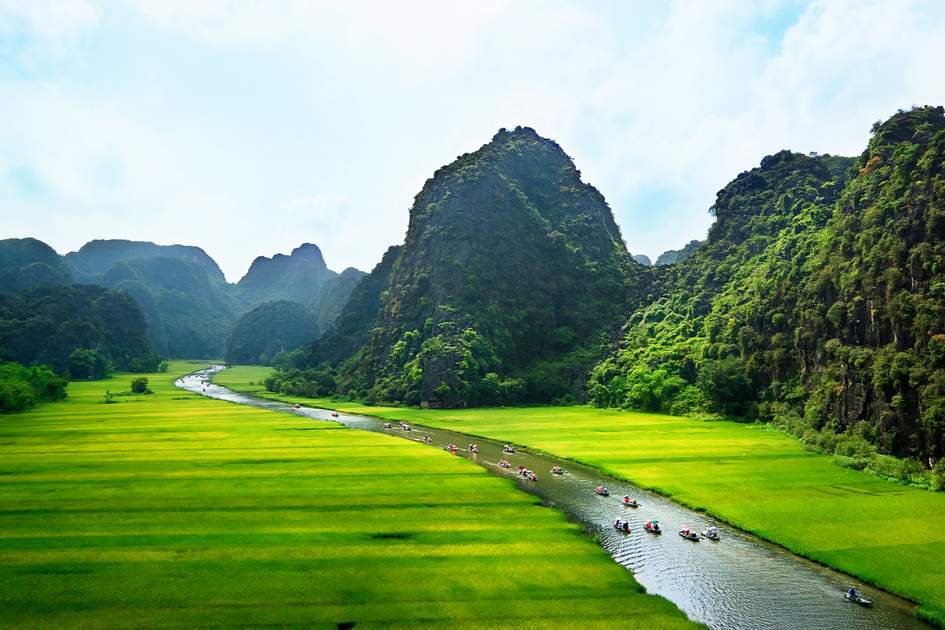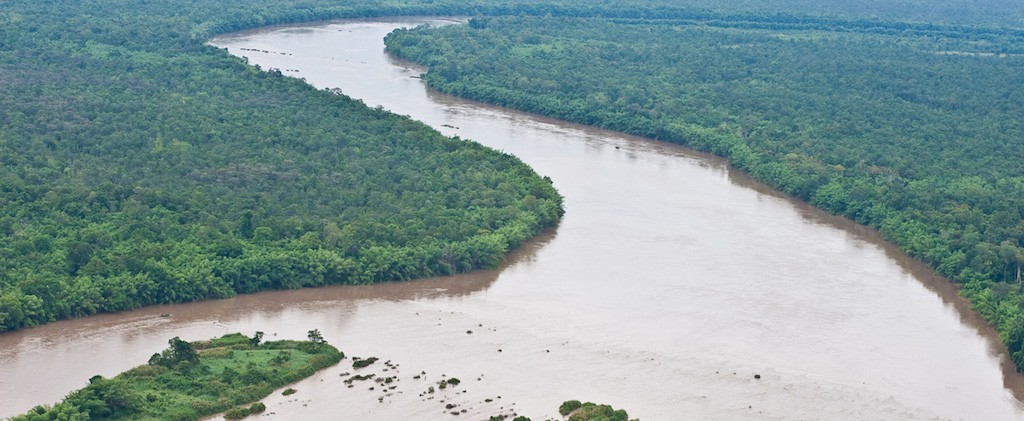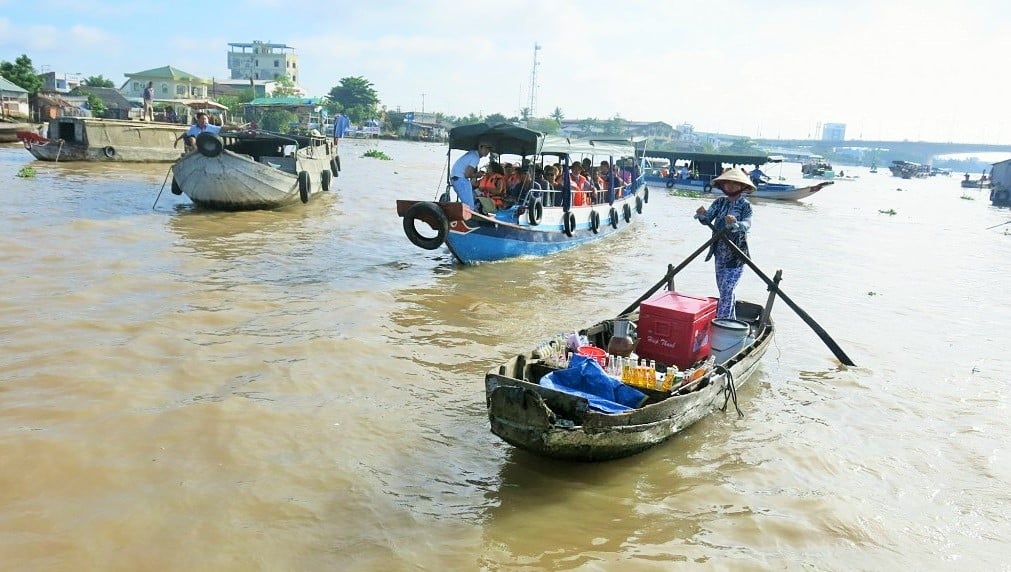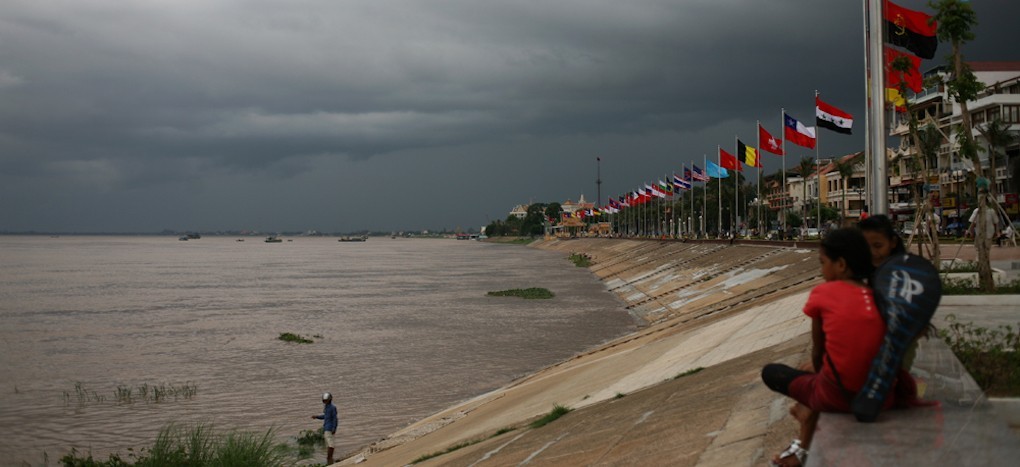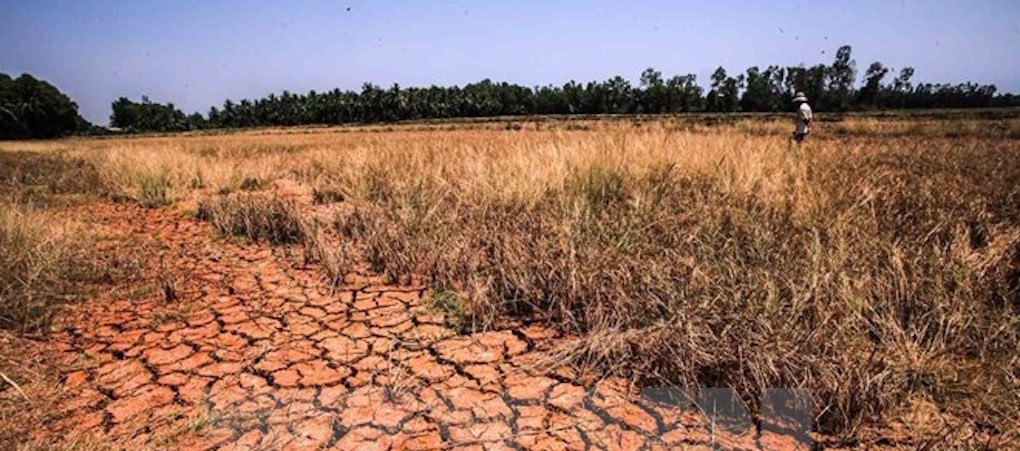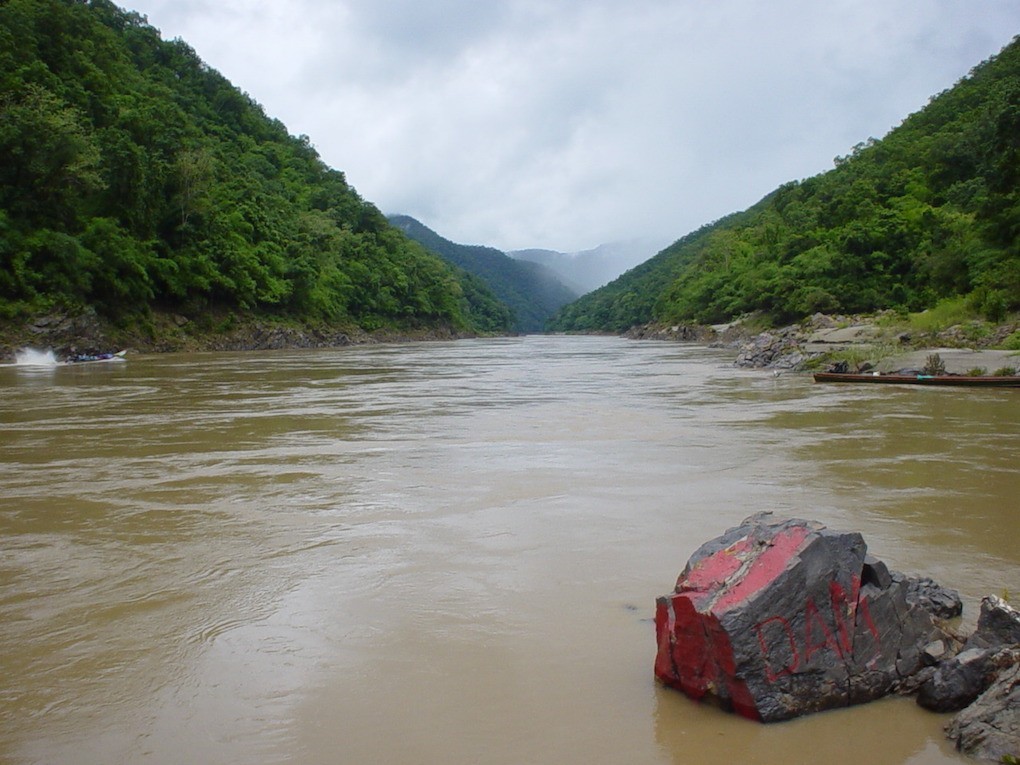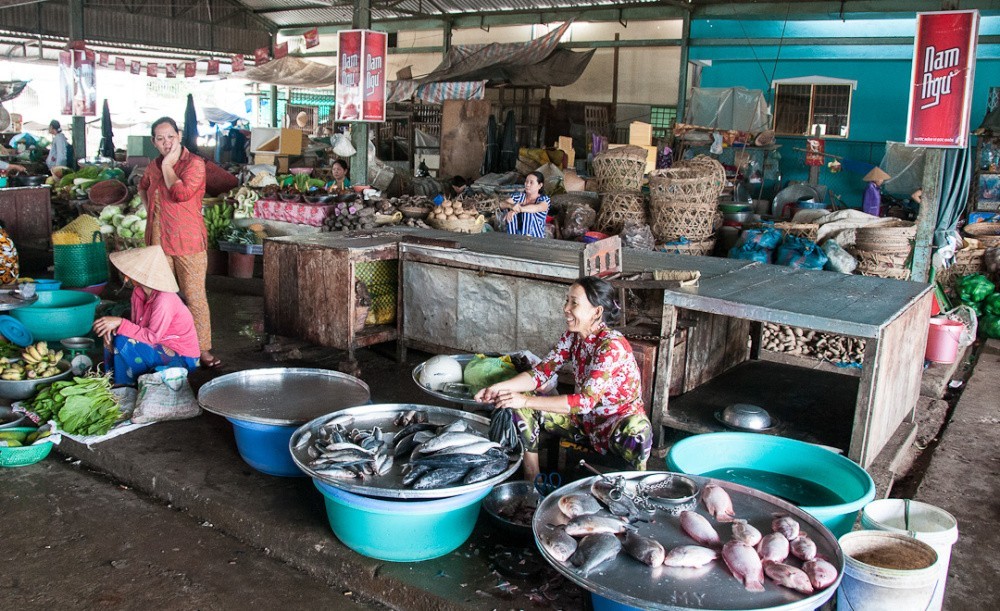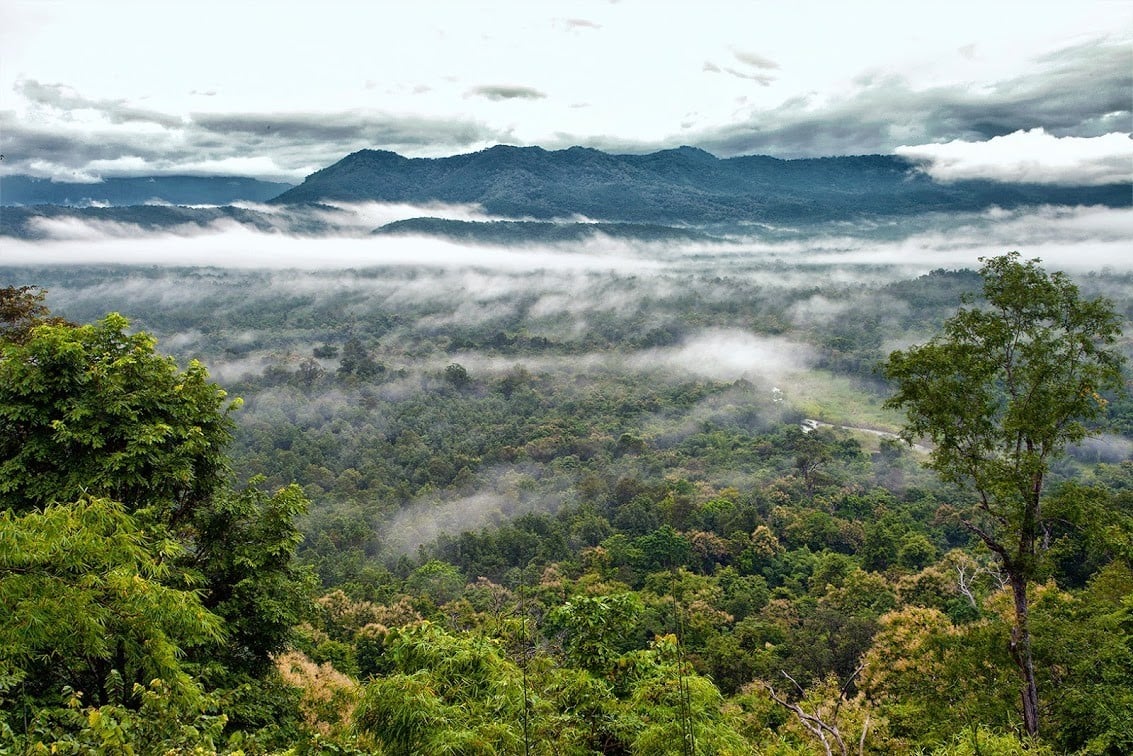A group of scientists has proposed building a network of between five and seven dams on the Red River to store and supply water for Vietnam’s northern region.
The group is studying water shortages in the region and believes that water dams can help the provinces survive dry seasons, which have become very intense the past few years.
“Unlike hydropower dams whose main task is to generate power, these dams will regulate water flows, especially during the dry season,” Tien Phong newspaper quoted Tran Dinh Hoa, deputy director of the Vietnam Academy of Water Resources, as saying.


